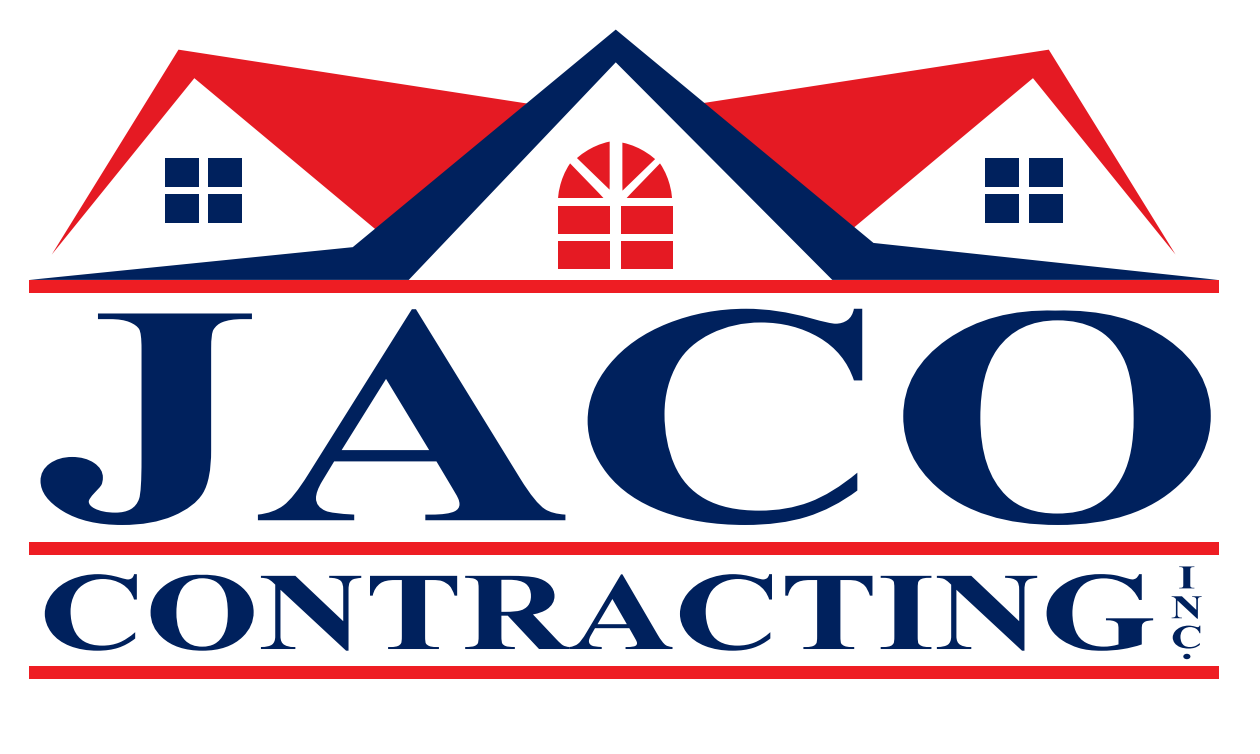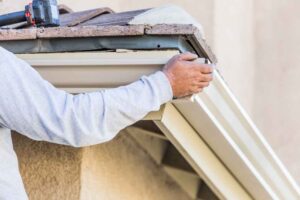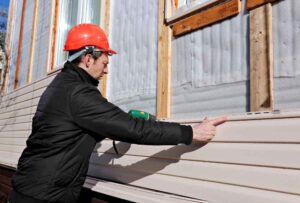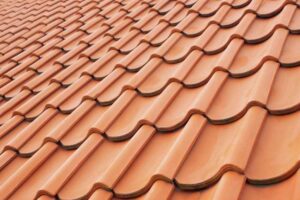Your home is your castle, and your roof is the first line of defense against the elements. But did you know that neglecting your roof can lead to costly repairs down the road? According to the National Roofing Contractors Association (NRCA), almost 70% of all residential roof damage can be attributed to lack of regular maintenance and inspections, so roof damage prevention is necessary. So, if you want to avoid the headache of leaking roofs and sky-high repair bills, it’s time to be proactive and prevent residential roof damage. In this witty guide, we’ll provide you with savvy tips on how to keep your roof in tip-top shape and protect your home from the elements.
The Importance of Regular Roof Inspections
Fact: According to the NRCA, homeowners should perform regular roof inspections at least twice a year — in the spring and fall — as part of their residential roof damage prevention strategy. These inspections help identify any signs of damage or wear and tear before they become major issues. Think of it as a health check-up for your roof.
During a roof inspection, you should look for missing or damaged shingles, cracks or gaps in the roof, and signs of leaks or water damage. It’s also important to check the integrity of your gutters and downspouts, as they play a crucial role in diverting water away from your roof. By catching these issues early, you can address them promptly and prevent further damage to your roof and home.
The Cost-Effectiveness of Residential Roof Damage Prevention
Fact: A research report from HomeAdvisor revealed that the average homeowner spends between $300 and $1,100 on roof repairs, emphasizing the cost-effectiveness of investing in residential roof damage prevention initiatives. While regular inspections and maintenance may seem like an additional expense, they are a small price to pay compared to the hefty bills you could face if you neglect your roof.
By taking proactive measures to prevent roof damage, such as addressing minor issues before they escalate and ensuring proper ventilation and insulation, you can extend the lifespan of your roof and save money in the long run. Additionally, a well-maintained roof adds value to your home and enhances its curb appeal, making it a worthwhile investment.
Roof Maintenance Tips
To keep your roof in top shape, here are some handy tips:
1. Clear your gutters regularly: Clogged gutters can lead to water backup and overflow, causing damage to your roof and home. Make it a habit to clean your gutters at least twice a year, or more if you have many trees around your home.
2. Trim overhanging branches: Tree branches that hang over your roof can scrape or damage shingles, especially during strong winds. Trim any overhanging branches to prevent potential roof damage.
3. Keep your roof clear of debris: Leaves, twigs, and other debris can accumulate on your roof and create a fertile breeding ground for moisture and mold. Regularly remove any debris to maintain the integrity of your roof.
4. Check your attic ventilation: Proper attic ventilation is essential for maintaining a healthy roof. Make sure your attic is well-ventilated to prevent the buildup of moisture and heat, which can damage your roof and shorten its lifespan.
Thatch Roof Protection
Thatch roofs offer a unique and rustic charm to any home, but they require special care to prevent damage. Here are some tips for protecting your thatch roof:
1. Apply a thatch sealant: Thatch sealants help protect the roof from moisture, UV rays, and pests. Apply a high-quality sealant every few years to extend the lifespan of your thatch roof.
2. Avoid walking on the roof: Walking on a thatch roof can cause the reeds to break and dislodge, compromising its integrity. If you need to access your roof for maintenance or repairs, use crawl boards to distribute your weight evenly.
3. Keep the roof clear of debris: Similar to other roofs, it’s essential to keep your thatch roof clear of debris, such as leaves and branches. Regularly sweep off any accumulated debris to prevent moisture retention and mold growth.
Preventing Home Damage with Proactive Roof Care
Residential roof damage prevention goes beyond regular inspections and maintenance. It also involves taking proactive steps to protect your home from potential roof-related issues. Here are some additional strategies:
1. Install gutter guards: Gutter guards are an excellent investment to prevent clogs and ensure the smooth flow of rainwater. They prevent debris from entering the gutters while allowing water to flow freely through the downspouts.
2. Install a lightning protection system: Thunderstorms can wreak havoc on your home, including your roof. Consider installing a lightning protection system to divert lightning strikes away from your roof and protect your home from fire and electrical damage.
3. Remove snow promptly: If you live in an area where snowfall is common, it’s crucial to remove snow from your roof promptly. Excessive snow accumulation can put undue stress on your roof and lead to leaks or even collapse. Use a roof rake or hire a professional snow removal service to prevent snow-related damage.
Guide to Roof Health: A Step-by-Step Approach
Step 1: Regular inspections – As mentioned earlier, regular roof inspections are essential to catch any issues early. Schedule inspections in the spring and fall or after severe weather events.
Step 2: Address minor issues promptly – If you notice any damaged shingles, cracks, or signs of leaks during your inspection, don’t procrastinate. Address these issues promptly to prevent them from escalating into more significant problems.
Step 3: Maintain proper ventilation – Proper attic ventilation is crucial for a healthy roof. Make sure your attic has sufficient intake and exhaust vents to promote airflow and prevent moisture buildup.
Step 4: Invest in insulation – Adequate insulation not only keeps your home comfortable but also protects your roof. Insulation helps regulate temperature and prevents ice dams, which can cause water to seep into your roof.
Step 5: Hire professional roofers for major repairs – While regular maintenance can go a long way in preventing roof damage, some issues require professional expertise. If you encounter extensive damage or need major repairs, don’t hesitate to call a trusted roofing contractor.
Frequently Asked Questions
Q: How often should I inspect my roof to prevent potential damage?
A: Regular roof inspections are crucial for identifying and addressing potential issues before they escalate. It’s recommended to inspect your roof at least twice a year, preferably in the spring and fall, and after severe weather events.
Q: What are some common signs of roof damage, and how can I address them proactively?
A: Signs of roof damage include missing or damaged shingles, leaks, water stains on ceilings, and sagging areas. If you notice any of these signs, it’s essential to address them promptly. Proactive measures include repairing or replacing damaged shingles, clearing debris, and ensuring proper attic ventilation.
Q: Are there specific steps I can take to protect my roof during extreme weather conditions?
A: Yes, protecting your roof during extreme weather is crucial. Secure loose shingles, trim overhanging branches, and clean gutters regularly to prevent ice dams. Additionally, consider installing impact-resistant roofing materials and reinforcing vulnerable areas to withstand high winds and hail.




